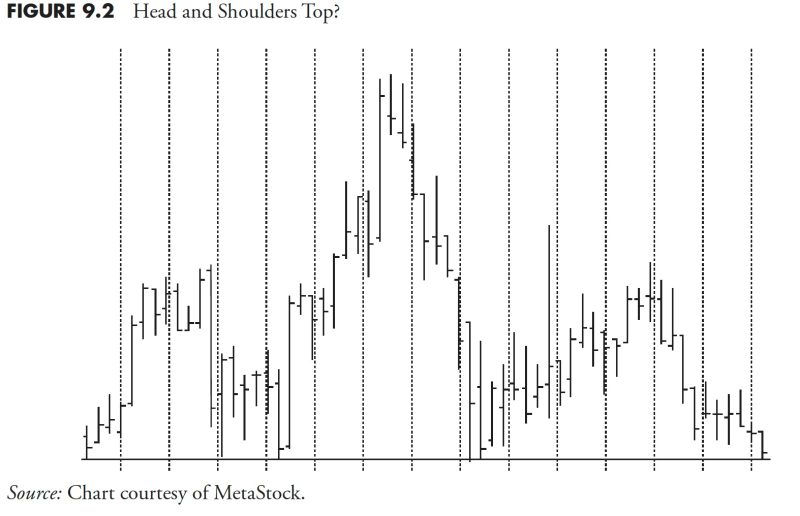When engaging in the world of trading, market research and analysis are key components that can significantly influence decisions and outcomes. Part 2 of our discussion focuses on the utilization of technical indicators in this process.
Moving Averages:
One fundamental technical indicator that traders commonly rely on is the moving average. This indicator calculates the average price of a security over a specified period, smoothing out short-term fluctuations and highlighting longer-term trends. By observing the relationship between different moving averages, traders can identify potential entry and exit points for their positions.
Relative Strength Index (RSI):
The Relative Strength Index, or RSI, is another popular technical indicator that measures the magnitude of recent price changes to evaluate overbought or oversold conditions in a particular security. Traders often use the RSI to determine potential reversal points in the market, helping them make informed decisions about when to buy or sell.
Bollinger Bands:
Bollinger Bands are a volatility indicator that consists of a simple moving average and two standard deviations plotted above and below the average. These bands expand and contract based on market volatility, providing traders with insights into potential price breakouts or retracements. By analyzing the relationship between the price and the bands, traders can gauge the strength of a trend and adjust their strategies accordingly.
MACD Indicator:
The Moving Average Convergence Divergence, or MACD, indicator is a versatile tool that combines moving averages to identify changes in momentum and trend direction. Traders can utilize the MACD histogram and signal line to generate buy and sell signals, helping them capitalize on trend reversals and continuations in the market.
Stochastic Oscillator:
The Stochastic Oscillator is a momentum indicator that compares a security’s closing price to its price range over a specified period. By measuring the speed and change of price movements, the Stochastic Oscillator helps traders identify potential trend reversals or confirm existing trends. Traders often look for divergences and overbought/oversold conditions to make trading decisions based on this indicator.
In conclusion, technical indicators play a crucial role in market research and analysis, providing traders with valuable insights and signals to make informed decisions. By understanding and utilizing various technical indicators such as moving averages, RSI, Bollinger Bands, MACD, and the Stochastic Oscillator, traders can enhance their trading strategies and improve their chances of success in the dynamic world of financial markets.
